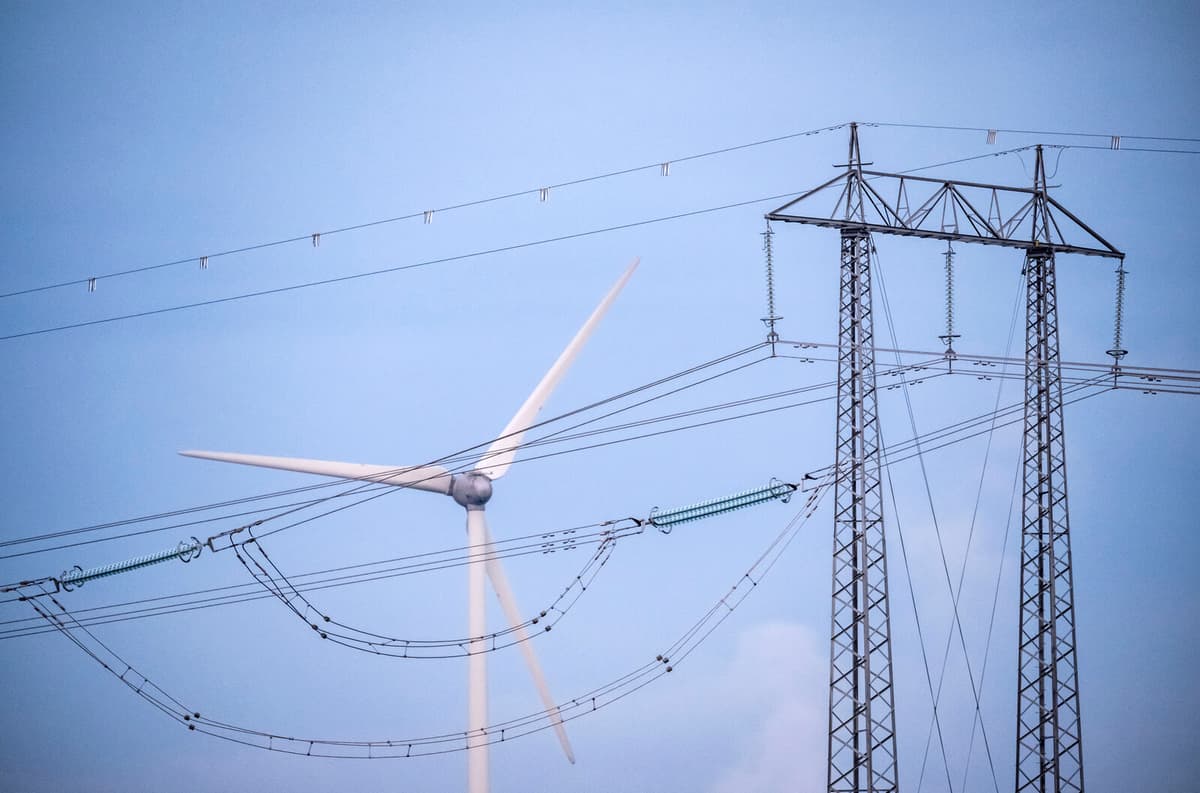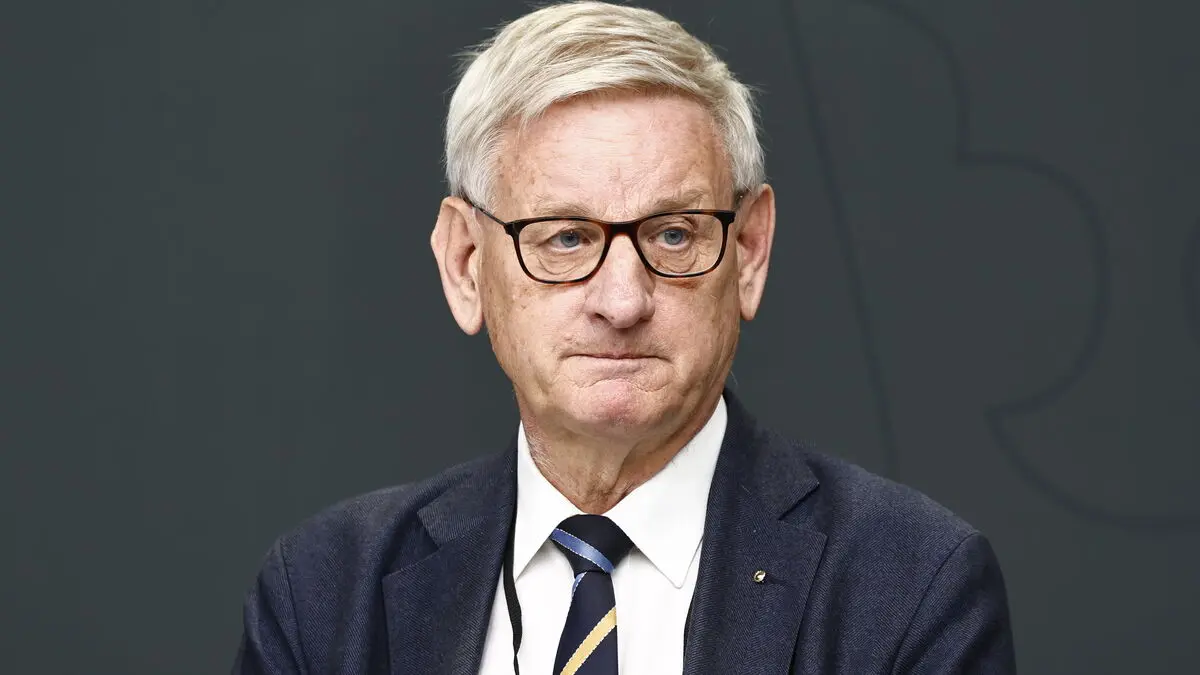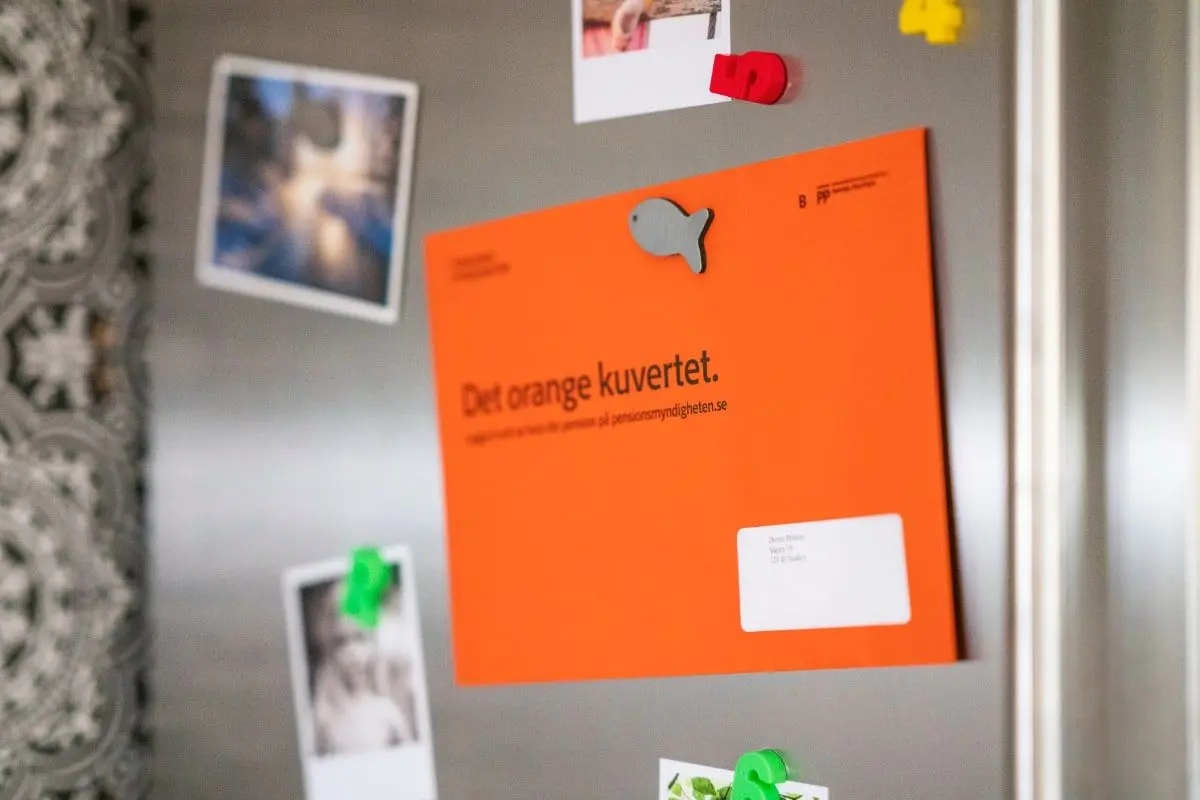It is still summer and electricity consumption is low. But despite this, the electricity price is soaring in the southernmost part of Sweden (electricity area 4). According to the electricity exchange Nord Pool, the average price so far in August is at the highest level, 63 öre per kilowatt hour (kWh), since February.
And the rest of August looks dry and windless, according to long-term forecasts, with expected prices of close to one krona per kWh in Skåne and surrounding areas, which thus pulls up the monthly average, according to Bixia's electricity market analyst Johan Sigvardsson.
"August looks set to be the second most expensive month of the year (so far) after February”, he says in a written response to TT.
Complicates transfer
At the same time, the electricity price in all of Norrland, electricity area 1 and 2, is still at a super low level, 6-7 öre/kWh on average so far in August, while electricity area 3, Svealand and northern Götaland, has prices roughly in between, 34 öre.
The large price differences are explained to some extent by the fact that much of Sweden's nuclear power is standing still, currently three out of six reactors.
It affects partly that there is less available power. And then it often becomes more difficult to handle a large transfer of electricity from north to south when you shut down these reactors, says Christian Holtz, electricity analyst at the consulting firm Merlin&Metis.
And electricity area 4 then ends up very close to the German and continental prices, which have been high at times in the summer when French nuclear power has been forced to conserve energy when the cooling water has become too warm in the summer heat. The high temperatures have also meant that air conditioning systems have been running at high pressure, according to Holtz.
Similar to 2022
Another electricity price specter in the Nordic region that can emerge is the drought, at least in the sense that the water reservoirs have been emptied of water to a greater extent. In the spring and early summer, the water levels were clearly above normal. In Norway, they are now clearly below.
”It's starting to look like 2022 when low Norwegian water reservoirs were a strong contributing factor to the high prices. If it continues to be dry, we will see higher prices in the fall than we have been used to in recent years”, says Johan Sigvardsson.
In addition to the market prices, the electricity companies' surcharges, electricity tax, VAT, and grid fees come on top of a good bit over one krona per kWh.
Olle Lindström/TT
Facts: The reactors that are standing still
TT
Sweden has six nuclear reactors, three in Forsmark, two in Ringhals and one in Oskarshamn.
Right now, three of them are standing still, partly the one in Oskarshamn, until preliminary 17 September, partly Ringhals 4 for annual revision, until 14 September. In addition, Forsmark 1 has been taken out of service due to a broken pipe, until preliminary 24 August.
Source: Svenska Kraftnät






